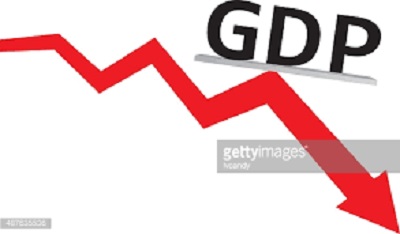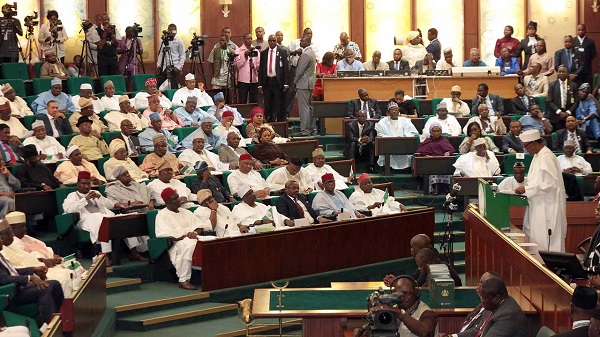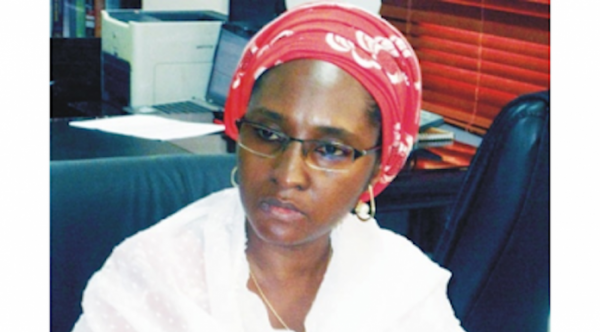Global export near $19.6tr in 2018 amid slow economic recovery

Although Nigerian non-oil exporters express optimism of recovery in 2019, latest data from the United Nations Conference on Trade and Development (UNCTAD), has shown that global merchandise exports could grow by 10.4 per cent this year, hitting almost $19.6 trillion.
According to UNCTAD in its Handbook of Statistics 2018, the figures are the result of “nowcasts” based on the most recent information provided by a large number of economic indicators.This follows substantial growth in 2017, when global trade in goods increased by 10 per cent (after two years of decline).
Non-oil exporters had told The Guardian that the possibility of experiencing a revamped non-oil sector before year end appears elusive going by the lingering challenges, and government’s inability to implement key incentives needed to stimulate the sector’s operations.
experiencing slow recovery as a result of the negative impact it suffered between 2015 and 2016.
While the sector awaits the Q3 data, operators noted that the sluggish growth rate of 1.5 per cent the Nigeria economy recorded in Q2 2018, called for urgent policy measures and engagements to boost economic activities. This is because dominant sectors in the non-oil sector of the economy either recorded low growth or contracted in Q2, which indicates that urgent actions are required.
The “nowcast” for global trade in services indicates a growth of 9.5 per cent in 2018. The “nowcasts” are the first in the Handbook’s 50-year history and thought to be unique among available trade statistics.
“Nowcasting – or to use the more technical term, contemporaneous forecasting – allows us to provide figures for the last months of 2018 to obtain a year-end figure and before the official figures are available in the first months of 2019,” UNCTAD’s chief statistician, Steve MacFeely said.“In an era of uncertainty, with swirling fears of trade wars, reliable statistical information is more indispensable than ever,” MacFeely said.
“The UNCTAD Handbook of Statistics is a critical tool for informing policies and recommendations that may commit countries for many years as they strive to integrate into the world economy and improve the living standards of their populations,” he said.
The 2018 Handbook underlines that factors contributing to the surge in the value of world trade in 2017 are linked to an upswing of global GDP growth (3.1%), combined with increasing commodity prices (+17.7%), especially for fuels (+26.1%) and minerals, ores and metals (+12.2%), as shown by UNCTAD’s constantly-updated free market commodity price index. Similar factors were at play during 2018.
The Handbook highlights the decreasing trade imbalances between developed and developing economies in recent years.
The surge in the value of world trade in 2017 and 2018 was also evident in the steady growth of maritime transport indicators (also compiled by UNCTAD): world seaborne trade (the volumes of goods loaded and unloaded at the world’s seaports) grew by 4% in 2017, and container port throughput (the volume of containers handled on ports) climbed by 6% in the same year.
A detailed analysis of recent trends in the “nowcast” models shows that there were significant indications of a slowdown in the second half of 2018, despite thriving trade in goods and services during the first half of the year.







